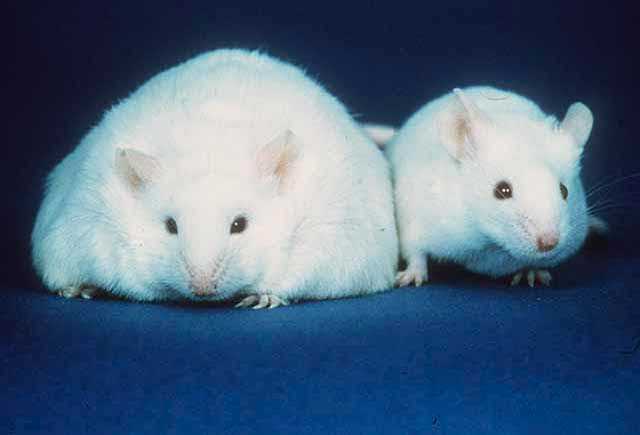By Alma Laney and Alison Bernstein
This post is the fourth in a series about transgenerational inheritance, epigenetics, and glyphosate that address questions raised by the publication of the paper, Assessment of Glyphosate Induced Epigenetic Transgenerational Inheritance of Pathologies and Sperm Epimutations: Generational Toxicology.
The problem of founder effects
In this paper, the authors report the existence of a founder effect. A founder effect is a reduction in genetic diversity caused by a new population being established by a small number of “founders”. Breeding experiments that use an outbred strain (like the paper under discussion) are more likely to suffer from founder effects. In fact, the authors do report a founder effect.
As a control in this experiment, the authors used a PBS (phosphate buffered saline) vehicle control since glyphosate was dissolved in PBS. The authors identified a founder effect in the control lineage derived from one female and one male. The F2 offspring of these mice were almost all obese. They removed all individuals derived from these animals. Removing these animals was appropriate. However, it raises some additional concerns about the genetics of these animals. Given then obesity is one of the key endpoints of the study, it seems possible that there may be additional, milder founder effects at play in other lineages (again, because they used an outbred strain).

After removing these animals from the study, there weren’t enough rats left in the control group, so the researchers replaced them with control animals from a concurrently running study. This is not necessarily a problem except that their control group was different. These new control animals were treated with dimethyl sulfoxide (DMSO) vehicle, not a PBS vehicle. In the pathology analysis, they verified that these two groups were not statistically different.
However, there is something odd in the principal component analysis (PCA) of the methylation data in the supplement that raises questions about whether DMSO and PBS treated animals can be considered equivalent and used interchangeably, particularly for the methylation analysis. In simple terms, a PCA is a way to group large datasets and visualize where the data groups in either two or three dimensions. How similar different treatments are is visualized by how far apart they are on the chart.
If you look at the DMR PCA analyses from the first and second generation, the DMSO and PBS controls do not cluster together. These PCA graphs show that the PBS controls and the DMSO controls weren’t similar until the F3 generation. Given that the major question of the paper is whether this is an example of transgenerational epigenetic inheritance, using controls that allow the authors to accurately use as a baseline of epigenetic marks at each generation is important.
With such a high degree of variation within the controls, a differential analysis becomes hard to interpret. Differences in F1 are less of a concern for reasons discussed in the next section, but the differences in F2 are a bigger concern since it is really the overlap between F2 to F3 patterns of methylation that are important for the question at hand. If there is not a consistent baseline in F2, identification of the differentially methylated regions for that generation will not be reliable.
View the other parts of our series on transgenerational epigenetic inheritance:
- Transgenerational Epigenetic Inheritance and Glyphosate: Do we need to think of the grandchildren? (Introduction)
- Part 1: What is transgenerational inheritance?
- Part 2: Guidelines for studying epigenetic inheritance
- Part 3: Is the dose of glyphosate appropriate?
- Part 4: The problem of founder effects (this post)
- Part 5: Statistics
- Part 6: Methylation analysis
- Conclusions